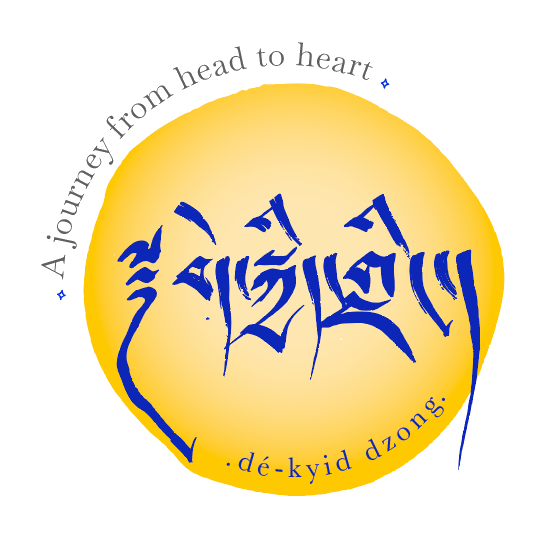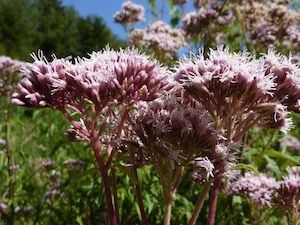HEMP AGRIMONY
I- Nomenclature
Latin name: Eupatorium cannabinum L.
Family: Asteraceae
Common names: Boneset, Feverwort, Thoroughwort, Agueweed, Crosswort, Indian sage, Sweating Plant, Vegetable antimony, Teasel and Snakeroot
Etymology
From imperial Latin “eupatoria”: grass.
According to Dodonée the word “eupatorium” comes from “hepatorium” related to the Latin name for the liver. This herb is indeed recommended for liver conditions (Goetz).
II- Legends and traditions
The plant is named after Mithridates Eupator, king of Pontus. Following the assassination of his father, the king tried to protect himself from the effects of certain poisons by ingesting a small quantity of them on a regular basis. In this way he discovered the health properties of many plants, including eupatorium.
III- Botanical description
Description: Hemp agrimony is a tall perennial that grows to between 60cm and 1.5m, with a reddish stem that grows on a short rhizome.
The plant has cannabis like leaves and numerous tiny pink flowers massed together into a large flat-topped head.
The flowers, which are out from July until September, are followed by five-sided seeds with a parachute of white hairs. The plant over-winters as a hemicryptophyte.
Habitat: Hemp agrimony is found across Europe, Asia Minor and northern Africa. The plant grows readily in humid zones, along ditches and in marshes up to a height of 1,700 meters. The plant prefers light (sandy), medium (loamy) and heavy (clay) soils. The plant prefers acid, neutral and basic (alkaline) soils. It can grow in semi-shade (light woodland) or no shade. It requires moist or wet soils.
Parts used: Roots and leaves
IV Active ingredients
- Pyrrolizidine alkaloids.
- Active immunostimulatory polysaccharidesbenzofuran, germacranolide sesquiterpene lactones(eupatoriopicrine and close derivatives),
- iron
- flavonoids, sterols,
- essential oils (70 known constituents which vary widely according to the area where the plant is gathered: alpha-terpenes, thymol, azulene)
Properties
- Cholagogue (helps the elimination of bile)
- Mild laxative
- tonic
Indications
Anaemia, general weakness, chlorosis (a form of anaemia)
Liver congestion, insufficient bile excretion
constipation
Therapeutic Uses
Herbal tea: 1 tablespoon of leaves for one cup of tea. Leave to steep in boiling water for 10 minutes. Drink 2 to 3 cups a day on an empty stomach.
Decoction: use 8-10 grams of roots per day. Boil for 3-4 minutes and leave to steep for 10 minutes. Drink 2 to 3 cups a day on an empty stomach.
Compress: boil 30 grams of leaves or roots in a litre of water for 10 minutes then strain. For cellulite use a hot compress for 3 to 4 minutes and repeat 3 consecutive times. For rosacea, use a warm compress for 1 to 2 minutes, twice a day.
COUNTER INDICATIONS
Do not use the fresh herb as it contains a toxic substance that disappears during the drying process.
Do not exceed stated doses and do not use for more than two weeks in a row.
SIDE EFFECTS
Side-effects are not generally seen but can include muscular tremors, weakness, and constipation. Though generally regarded as safe; overdoses may be deadly.
Drug-Herb Interactions are rare.



